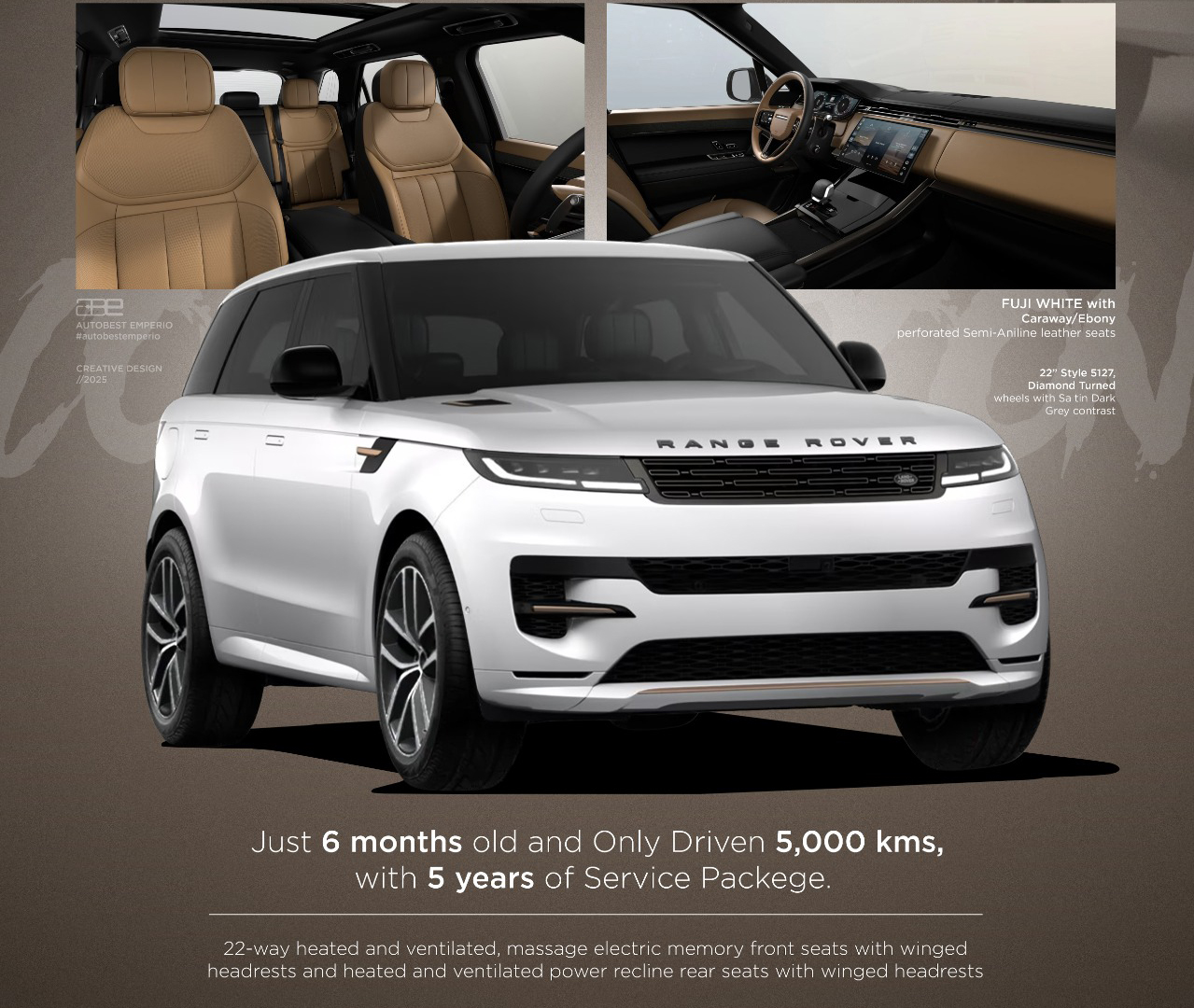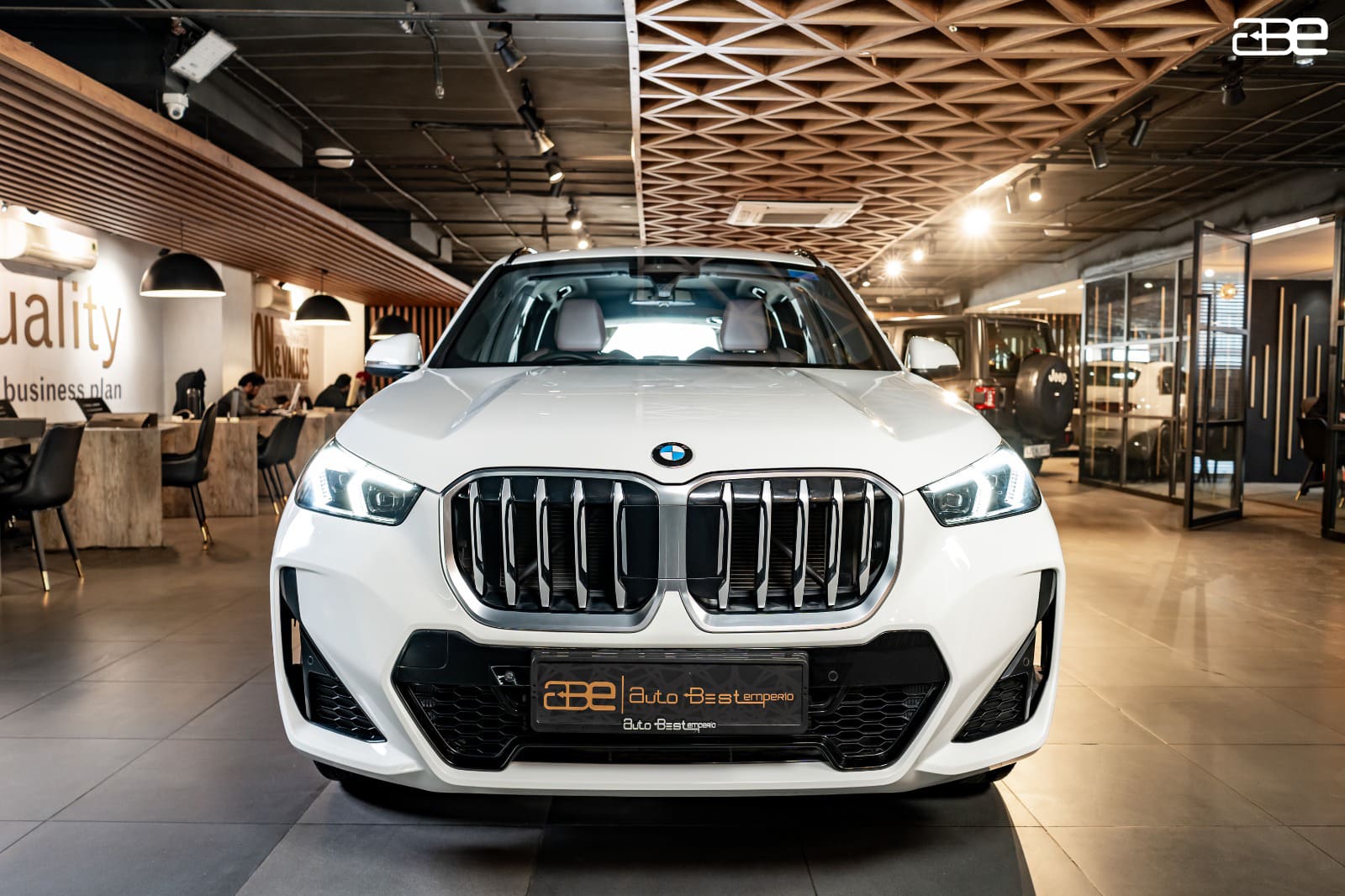Flying Cars: Advanced Future Of Transportation

Flying through the skies, no more headache of traffic jams and enjoying car rides as smooth as flights. Does it seem like a scene out of science fiction? It can be your reality in the coming future. The concept of flying cars or aeromobiles can turn this fictional scene into truth. In the 21st century, the development of flying cars is slowly taking a concrete form.
With the overuse of ground transportation, roads constantly being under construction, and extreme traffic on roadways, the transportation sector in India is no less than a nightmare to daily travellers. To tackle the situation, the Indian transportation field is currently going through a massive transformation. And real flying cars have marked the beginning of this transportation revolution.
So, fasten your seatbelts, and let's take off into the future of transportation.
What Is A Flying Car (Aeromobile)?
A flying car is a hybrid vehicle with the combined capabilities of a traditional car and an aircraft. From operating on roads to flying in the air, it allows drivers and passengers a seamless transition between ground and sky travel. Designed to alleviate traffic congestion, the futuristic flying cars are the backbone of an efficient mode of transportation. It’s believed such vehicles will change the transportation hassles in densely populated cities and towns.
Also Read: What Are Hybrid Vehicles & How Do They Work?
Challenges Faced During The Development Of Flying Cars
The development of flying cars brings along a multitude of challenges. Safety concerns hold the first position in the list of threats. Flying cars in real life must adhere to stringent aviation safety standards to reduce the risk of accidents in the skies and on the ground. Furthermore, the lack of a suitable infrastructure for takeoff and landing in urban areas can fail the plan to welcome electric flying cars. Safe landing zones and intricate air traffic management systems are fundamentals of the program's success.
And let’s not forget how these vehicles need high-powered batteries that also should be charged up in minimal time. To make flying cars profitable transportation means, the cars should be able to make multiple visits in a day. If charging batteries takes the lion's share of the time, the plan will miserably fail.
Technology Used In Flying Cars
The cutting-edge technology behind flying cars is evolving non-stop. These include:
1. Vertical Takeoff and Landing (VTOL): VTOL technology is the real deal in the flying car industry. It is the pillar that aims to skip the need for a runway and let the electric flying cars take off and land vertically. (1)
2. Electric Propulsion: Powered by electric motors, these flying cars in 2023 are eco-friendly and can run at a speed of 360 kph in 30 seconds since the engine starts.
3. Autonomous Systems: Advanced autonomous navigation system ensures safe and efficient handling of flying cars. Studies show that it can make the rides green, and quiet.
Features Of Flying Cars
It’s no wonder that the new, hi-tech vehicles come equipped with a range of features that people earlier had no idea about:
1. Vertical Takeoff and Landing: As mentioned earlier, flying cars in the future can take off and land vertically like helicopters for smooth operation in tight spaces.
2. Foldable Wings: Some models feature foldable wings for quick retraction during on-road drives. These cars also feature hybrid engines for a quick transition between ground and air travel.
3. Advanced Navigation Systems: Equipped with sophisticated GPS and navigation systems, flying cars eliminate the hassle of losing track of your way to the destination.
4. Hybrid Engines: Powered by biofuel and battery, flying cars with hybrid engines can switch between electric and traditional fuel-powered propulsion systems. It can reach up to 120km/h and accommodates two people.
Understanding Benefits & Drawbacks Of Flying Cars
Every innovation, no matter how groundbreaking it is, comes with a list of advantages and disadvantages. Futuristic flying cars are no exception to this. Let’s check them out:
Benefits Of Flying Cars
1. No More Issues of Traffic: Flying cars promise to ease traffic congestion in urban areas. Has anyone ever faced traffic issues on a flight?
2. Less Pollution: Zero emissions electric flying cars that also run on the ground reduce air pollution.
3. Highly Automated: Many flying cars are equipped with advanced autopilot systems for easy and safe operation to reduce the risk of human error.
4. Better Fuel Economy: Electric propulsion systems use less energy or fuels compared to traditional combustion engines.
Drawbacks Of Flying Cars
1. Fewer Safety Measures: Flying cars pose new safety threats like the risk of mid-air collisions and crashes during takeoff and landing.
2. Very Expensive: Flying cars are expensive and inaccessible to the average consumer.
3. Need Specialized Skills for Driving: Operating flying cars is way different than driving regular vehicles. Simply having a driver’s license doesn't allow the permit to use them. In most cases, flying cars need pilots to fly them or drivers must go through special training programs to drive/fly them.
First Flying Cars Of India
While the world's first flying car made its debut in 2018, India, too, is experimenting with potent electric flying cars. A reputed flying car company, The ePlane Company is developing India’s first flying car. While it may take time for flying cars to be a common transportation mode, the country is participating in this exciting transportation revolution.
The concept of flying cars is a huge shift in the transportation industry. It transforms the way we travel around. While there are challenges to overcome, the benefits of flying cars are undeniable. As technology advances, flying cars are no longer just the stuff of science fiction but an invaluable part of our future.
But until the introduction of flying cars, you need cars that are in supreme condition and can tackle the harsh weather and road conditions. If you are seeking a premium vehicle that makes the rides as smooth as flying cars, auto Best has your back. Source top-notch new and pre-owned luxury cars to make your travel around the city as smooth as butter.
Frequently Asked Questions on Flying Cars
-
Is a flying car real?
Yes, flying cars are real.
-
Will there be flying vehicles in the future?
Yes, it can be said that flying vehicles will soon become a part of our transportation system.
-
Which one is the world's first flying car?
The world's first flying car is debated. But notable early examples are the Moller Skycar and the Terrafugia Transition.
-
Are flying cars available in India?
No, but several Indian companies like The ePlane Company are developing flying car prototypes.
-
Which company makes flying cars?
Some notable names in the flying cars industry are EHANG, Joby Aviation, Volocopter GmbH, AeroMobil, Boeing, and others.
-
What is the starting price of a flying car in India?
The starting price of a flying car in India is around 2.46 crores.
References:
More Blogs To Read
Vision AVTR: A Future Mercedes-Benz Car without a Steering Wheel
Top 10 Vintage Cars In History - Exploring Classic Beauties

 By Admin
By Admin









